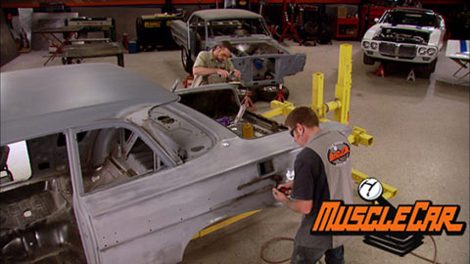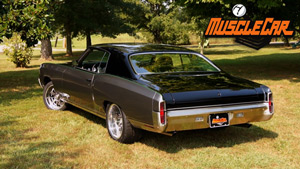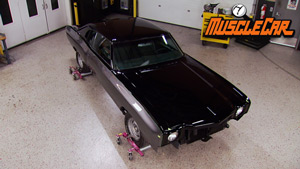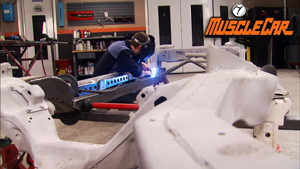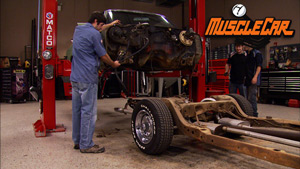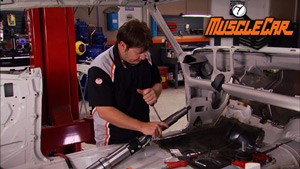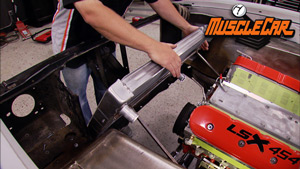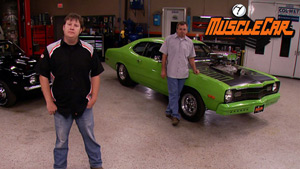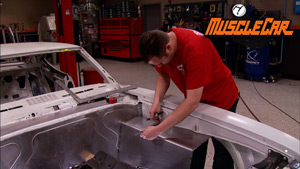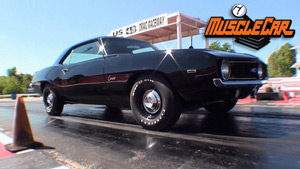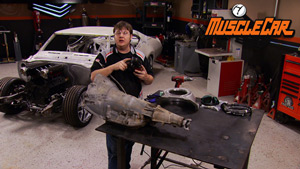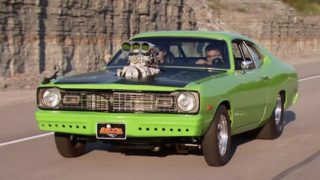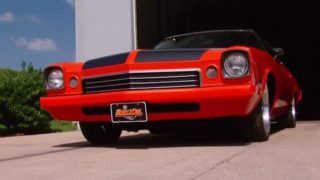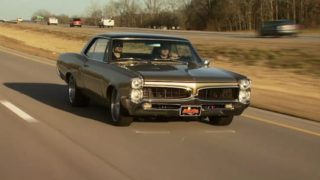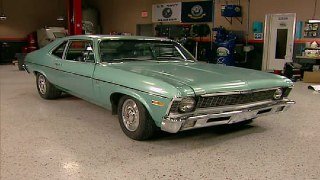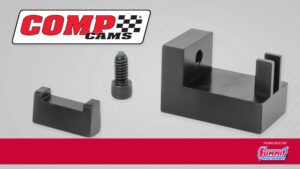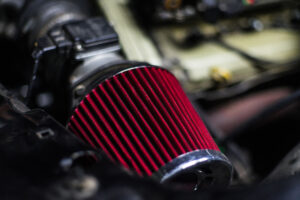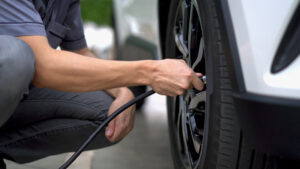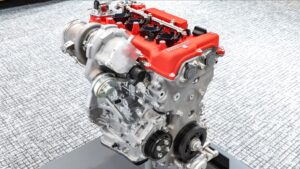MuscleCar Builds
Want more content like this?
Join the PowerNation Email NewsletterParts Used In This Episode
Anest-Iwata Usa Inc.
LPH400-134LVX Gun Only, LPH400-134LV, AK-1B Air Flow Control Valve, PCG10DM 1000ml Aluminum Cup, LPH400-LV Air Cap Ser LVB, PCG2B-1 150 ml Aluminum Cup
Air-Ride Technologies
Front strong arm system with Shock wave tubular upper and lower control arms, lower crosshafts, bushings, ball joints, Shock wave airbags, and all necessary fasteners and bracketry, rear strongarm system with tubular upper arm, lower control arms, adjustable panhard bar, airsprings, shocks and all necessary fasteners and bracketry.
Auto Body Color & Supply Co.
Clausen Z-Chrome Rust Defender.
Auto Body Color & Supply Co.
Truck wheel maskers
O'Reilly Auto Parts
Ballast Resistor
O'Reilly Auto Parts
Windshield Wax
